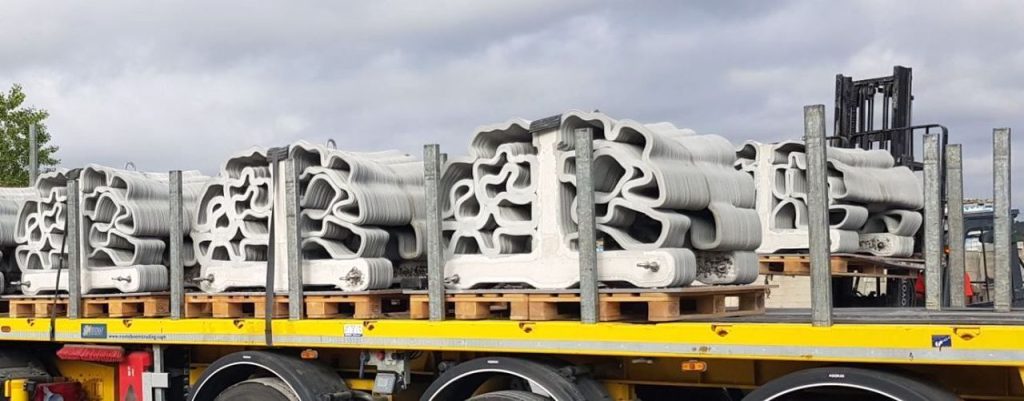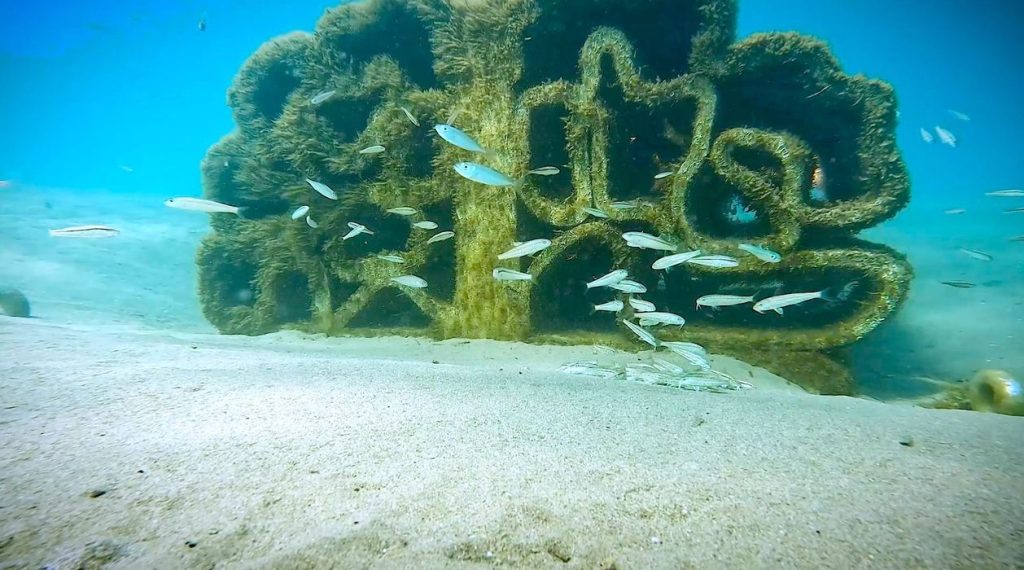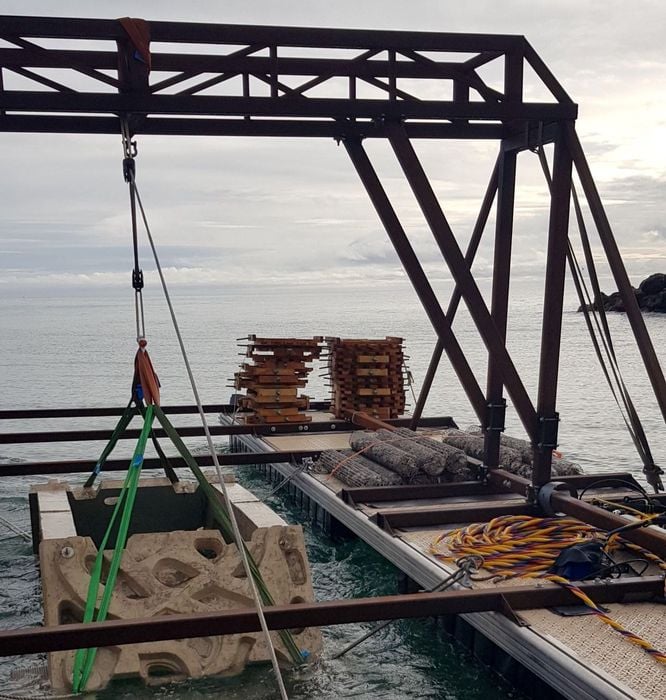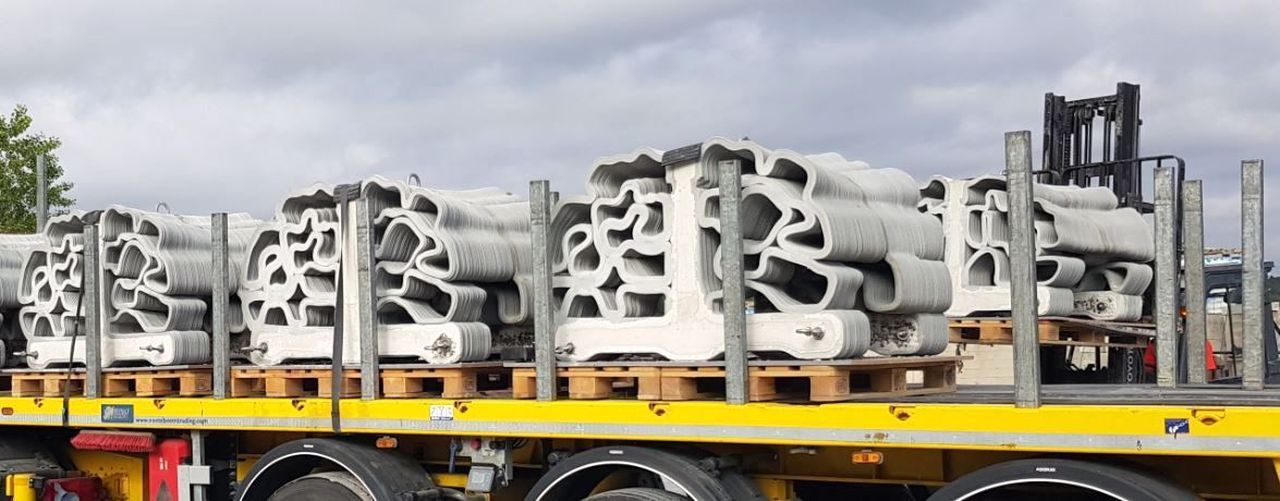
Almost all the buzz about construction 3D printing is about “printing homes”, but there’s more to the story.
Usually it’s said to be done in 24 hours, but that’s fake: only the concrete portion might be printed in 24 hours, but the rest of the home has to be built using traditional trade practices and materials. Nevertheless, construction 3D printing can speed up home development.
Because of this constant buzz, it’s possible to lose sight of what construction 3D printers really are: concrete printers. They can produce a wide variety of concrete structures, and they don’t necessarily have to be a home.
There are multiple possible applications, including:
- Printing concrete segments at a factory for transport to building sites
- Printing complex ornamental items for installation on a building
- Printing large statues
- Printing reinforced structures for military use
- Printing large wind turbine bases onsite
And so on. You get the idea: any big concrete structure that could stand a dose of organic design can be made with construction 3D printers.
But there’s one application that you may not have considered: undersea artificial reefs.

This is what one company, CyBe Construction, has been doing recently. The idea is to design large geometries that are optimized to encourage biodiversity, print and sink them to create an artificial reef. This practice should help restore declining flora and fauna in required areas.
The project undertaken by CyBe Construction and their partners, SeaBoost and VICAT, took place off the southern coast of France near the town of Valras Plage in La Région Occitanie.

The CyBe Construction team have been working on this project for some time, with design services provided by Seaboost, and VICAT providing materials and printing with CyBe Construction equipment.
CyBe explained a bit more about recent developments in a LinkedIn post:
”The installation of the second batch took place at the end of November. Intended to complexize old underwater arches present offshore using 3D concrete printing. These arches enclose the existing reefs and enrich the area with a diversity of cavities and hard substrates for fauna and flora.”
This is a worthwhile project that not only will assist in marine biodiversity, but it also clearly demonstrates the wider possibilities of construction 3D printing.
There’s far too much focus on “3D printing homes you can live in”, and less on “3D printing incredible concrete structures with efficiency”.
I’m hoping this changes in the future.
Via LinkedIn, CyBe Construction, Seaboost and VICAT

